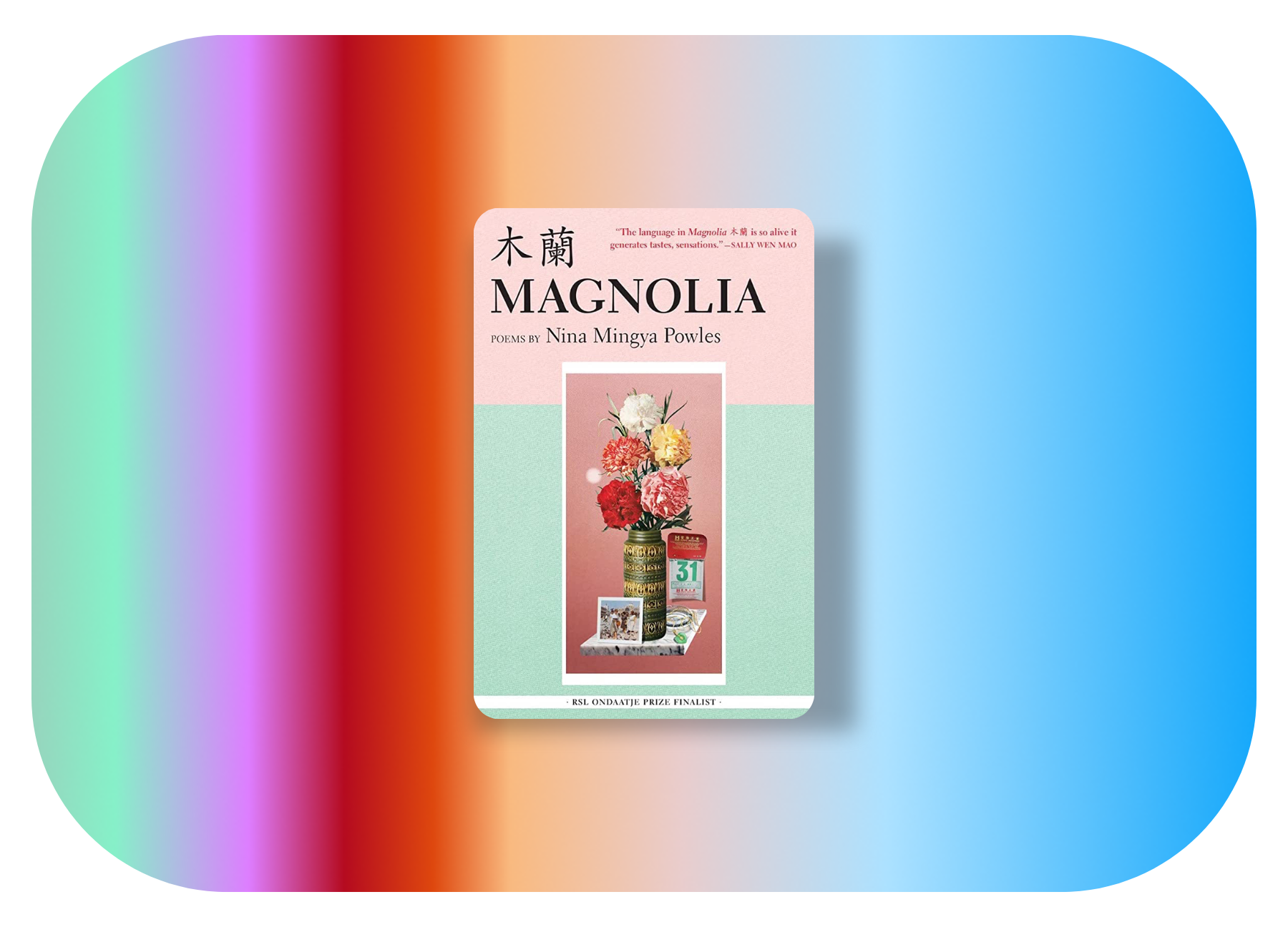VIOLETS’ PICKS 001
Where I found it
On a bachelorette trip, a quiet early afternoon energy hanging over a group of thirty-somethings with stomachs full of green things and faux ham, sun beating hot over concrete two blocks away from the edge of Skid Row. We were about to head to “the happiest place on earth” and left our party van in a pocket parking lot, in search of a quiet, safe adventure we could slip in and out of in 30 minutes to beat rush hour in LA traffic. What to do? Google Maps to the rescue! Looks like there’s a world-famous bookstore two blocks from here. And when we got there, even the non-readers among us disappeared into crooks and galleries of what I learned later was dubbed “the world’s most Instagrammed bookstore”.
First impressions
Out of practice and barely even a speaker, I still recognized the Chinese characters, 木蘭 (Mulan), on the front cover. So first, an epiphany—or an embarrassment: I had no idea that Mulan was magnolia in English, and that this whole time, one of my favorite flowers was also one of my favorite Disney princesses. (This is the strange thing that happens when you’ve lived in the worlds of two languages; the same thing has two different names and you’d never know it until you do. Even now, though I barely speak it, there are many things I can’t describe in English because they just didn’t exist in that world for me.) The cover set a soft, nostalgic mood like I was about to step into a painting made up of words and memories. There’s one quote on the cover: “The language in Magnolia is so alive it generates tastes, sensations.” Colour me intrigued.
They said it
Magnolia, Nina Mingya Powles’ exquisite debut poetry collection, pushes the borders of languages and poetic forms to examine memories, myths, and the experiences of a mixed-race girlhood. From Aotearoa to London, from Shanghai to New York City, these poems journey across shifting, luminescent cities in search of connection: through pop culture, through food, through vivid colors. Scenes from Mulan, Blade Runner, and In the Mood for Love braid together with silken tofu and freshly steamed baozi. At the heart of the collection is “Field notes on a downpour,” a lyrical sequence that questions the limits of translation and our ability to understand one another. Alone, the speaker recognizes that “certain languages contain more kinds of rain than others, and I have eaten them all.”
A line to remember
I no longer have a sword / but sometimes at night I hold my keys between my fingers —From “Girl warrior, or: watching Mulan (1998) in Chinese with English subtitles”
I feel things happening around me that are not real. I must be in a dream, or in a movie, or watching a movie on an airplane in a dream. —From “Miyazaki Bloom”
You might like this if…
You grew up with the internet and remember, by heart, the hex code of your favorite colour when you were 13. In fact, memories in your mind always come in colour: “chlorine blue”, “soft orange”, “tiger moth red” and sometimes they fade into each other but you can still make out exact shades. You eat with your tongue and your nose and your mind, and you like movies that feel like the movies. See: any Wong Kar Wai, Bladerunner (2049), Miyazaki. Clouds and rain frequent your dreams, cheongsams and train rides occasionally, too.
This was the colour of…
Persimmon orange, washed pink, artificial jade. Watercolour skies and neon lights.
Details
Year: 2022
Author: Nina Mingya Powles who also writes about comfort food
Location: New Zealand → USA
Publisher: Tin House
You’re reading Violets’ Picks, where every Sunday I take you through an adventure brought to you by a poetry collection. Here’s some other Violets’ Picks this month you may have missed:








